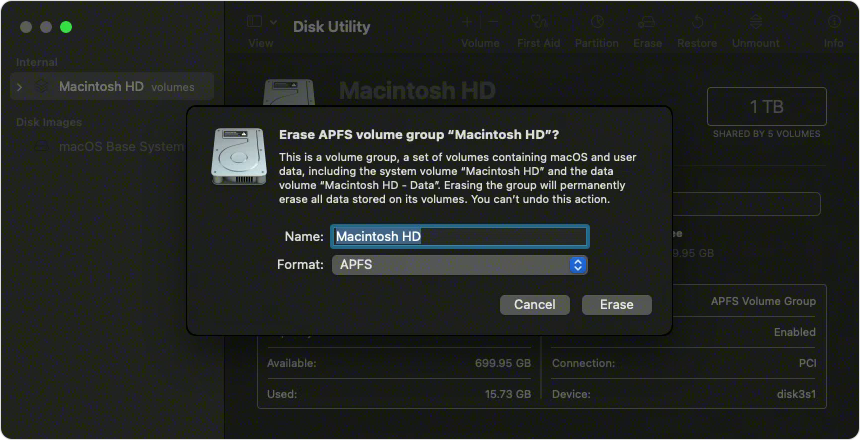
- #How to format macbook air and reinstall os mac os
- #How to format macbook air and reinstall os install
- #How to format macbook air and reinstall os password
- #How to format macbook air and reinstall os mac
Use a USB flash drive or other secondary volume to create a bootable installer. I've been a passionate evangelist for Apple and the Macintosh throughout my working life, my first love was a Quadra 605 working with a small creative agency in the south of Norfolk UK in the mid 1990's, I later progressed to other roles in other Macintosh dominated industries, first as a Senior graphic designer at a small printing company and then a production manager at Guardian Media. 
Use the App Store to download and install the latest macOS or an earlier macOS.You can also use these methods to install macOS, if the macOS is compatible with your Mac:

If you just erased your entire startup disk, you might be offered only the macOS that came with your Mac, or the closest version still available.
If the Mac logic board was just replaced, you might be offered only the latest macOS that is compatible with your Mac. Or you can use Option-Command-R during startup to be offered either the latest macOS that is compatible with your Mac, or in some cases the macOS that came with your Mac or the closest version still available. On an Intel-based Mac, you can use Shift-Option-Command-R during startup to be offered the macOS that came with your Mac, or the closest version still available. When you install macOS from Recovery, you get the current version of the most recently installed macOS, with some exceptions: When the new owner starts up the Mac, they can use their own information to complete setup. If you're selling, trading in, or giving away your Mac, press Command-Q to quit the assistant without completing setup. Your Mac might restart and show a progress bar several times, and the screen might be empty for minutes at a time.Īfter installation is complete, your Mac might restart to a setup assistant. Allow installation to complete without putting your Mac to sleep or closing its lid. If the installer offers you the choice between installing on Macintosh HD or Macintosh HD - Data, choose Macintosh HD. Step 5: Wait till the MacBook is completely reset and then go back to the Disk Utility’s main window. Step 4: Select the format as MAC OS Extended (Journaled) and click on Erase. Step 2: Select Disk Utility and click on Continue.
If the installer doesn't see your disk, or it says that it can't install on your computer or volume, you might need to erase your disk first. Step 1: Hold the Command + R keys until the MacBook’s utility window hasn’t opened. If the installer asks to unlock your disk, enter the password you use to log in to your Mac. Select your startup disk on the left, then click the Erase tab. To begin installation, select Reinstall macOS from the utilities window in macOS Recovery, then click Continue and follow the onscreen instructions.įollow these guidelines during installation: In the menu bar, choose Apple menu - Restart.Once your Mac restarts (and the gray screen appears), hold down the Command and R keys. Use a USB flash drive or other secondary volume to create a bootable installer.Reinstalling macOS does not remove data from your Mac. 
 If the installer doesn't see your disk, or it says that it can't install on your computer or volume, you might need to erase your disk first. To begin installation, select Reinstall macOS from the utilities window in macOS Recovery, then click Continue and follow the onscreen instructions.įollow these guidelines during installation: Reinstalling macOS does not remove data from your Mac.
If the installer doesn't see your disk, or it says that it can't install on your computer or volume, you might need to erase your disk first. To begin installation, select Reinstall macOS from the utilities window in macOS Recovery, then click Continue and follow the onscreen instructions.įollow these guidelines during installation: Reinstalling macOS does not remove data from your Mac.








 0 kommentar(er)
0 kommentar(er)
